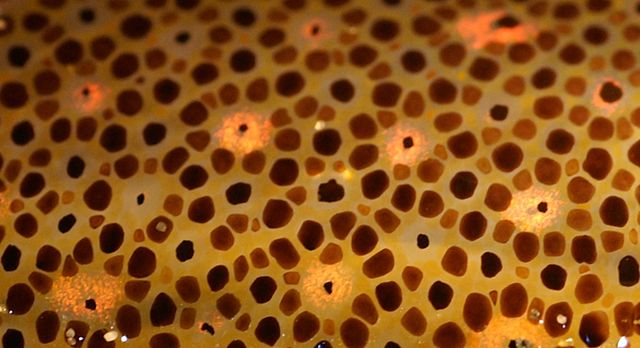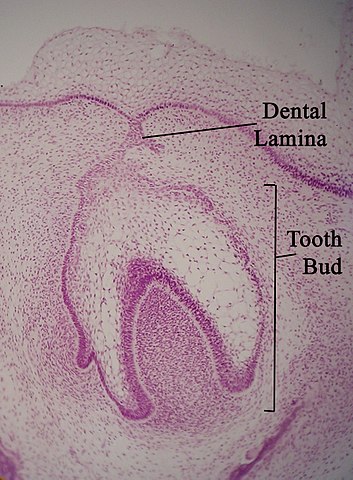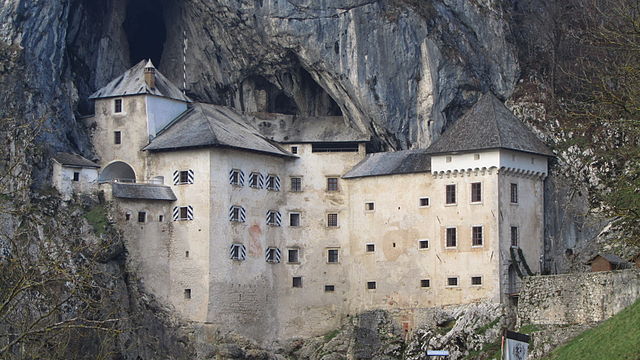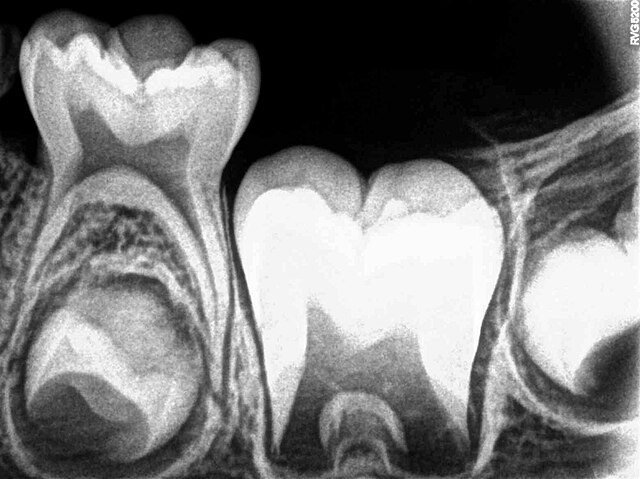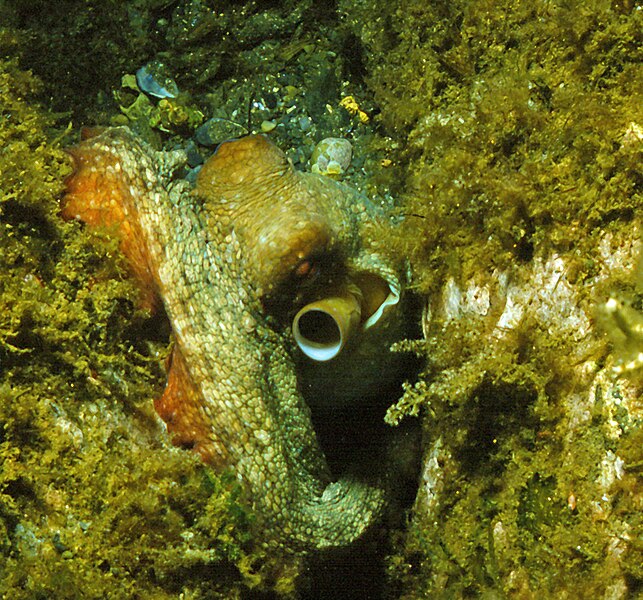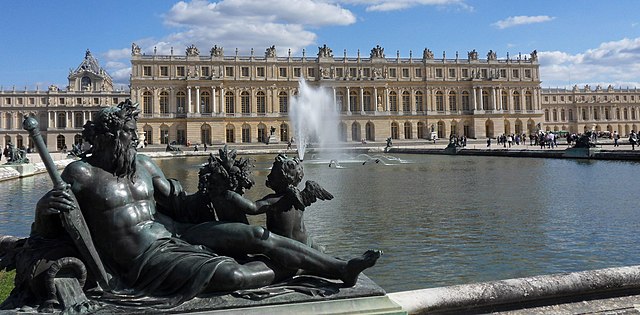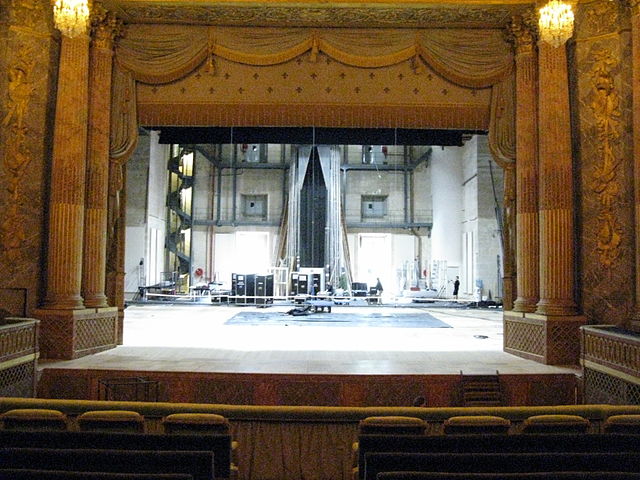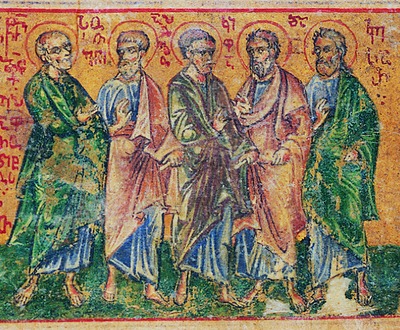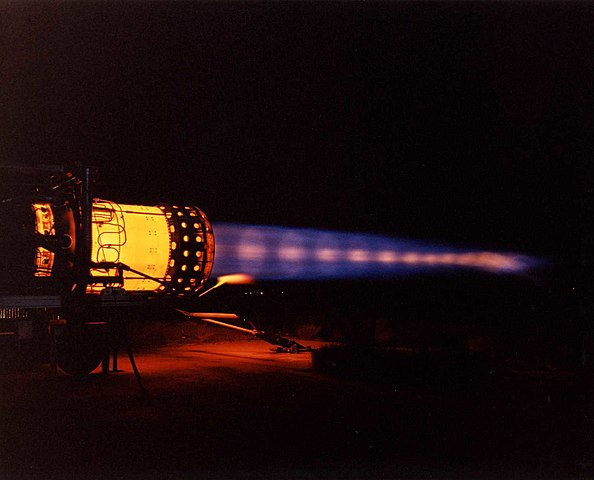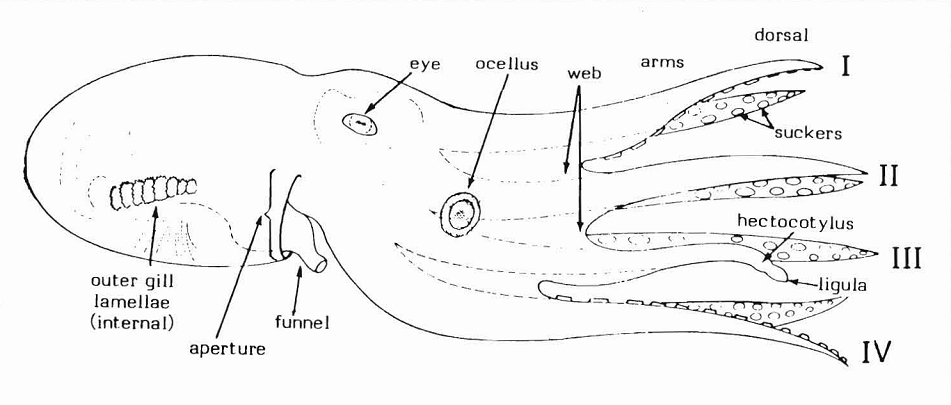We've now learned a whole year of
Greek!
Wow!
Let's try another language now, how about
Norwegian?
This is the language of the people of Norway, and it also is a lot like the languages of Danish and Swedish from the countries of Denmark and Sweden.
The vikings from long ago spoke a language called Old Norse, which later turned into Norwegian, so in a way it's the language of vikings!
Norwegian uses mostly the same alphabet as English, but it has some accents on the letters, like some of the other languages we've learned about.
It has three extra letters that are not in English: Æ, Ø, Å
These are vowels that make sounds like the a in apple, the u in cut or i in girl, or the o in lock or short.
Let's learn how to say hello and goodbye in Norwegian!
There are a few ways to say Hello.
Hi -
Hei - Sounds like High

This is like saying Hi to your friends.
Hello -
Hallo - Sounds like Hah-loh

This is like saying hello to a grownup, saying hello on the phone, or yelling hello to a friend from far away.
Bye -
Ha det - Sounds like Hah-duh

This is just like saying bye to your friends.
Good Bye -
Ha det brah - Sounds like Hah duh brah

Usually people just say hah det, but sometimes they say hah det brah, just like usually in English you say bye, but you might say goodbye sometimes.

(from: wikipedia -
norwegian language)
Greek:
Γειά σου, Χαίρετε, Αντίο
ASL:
Hello and Goodbye
Italian:
Ciao, arrivederci
German:
Hallo, Auf Wiedersehen
Spanish:
Hola! Adiós!
French:
Bonjour! Au Revoir!
